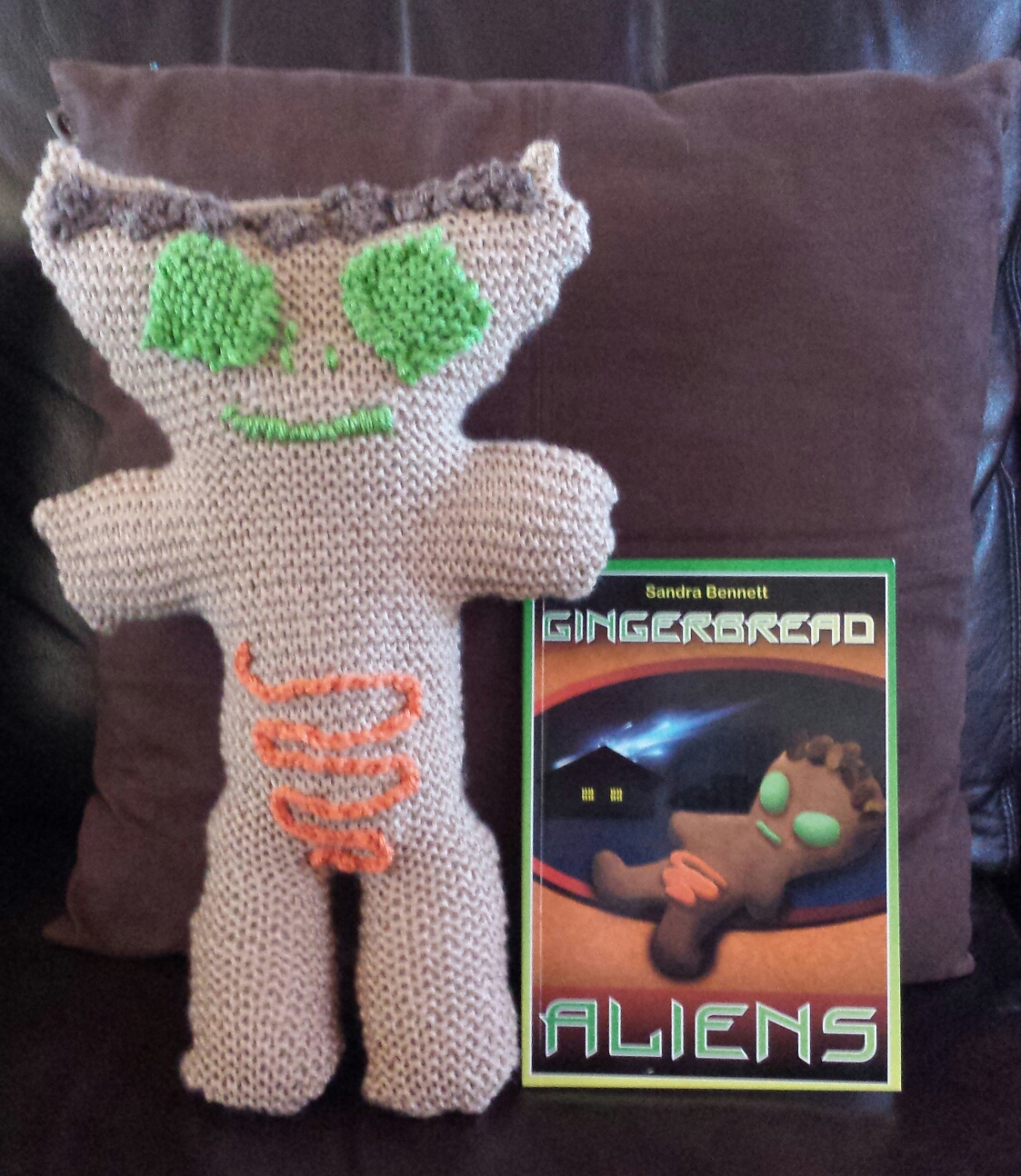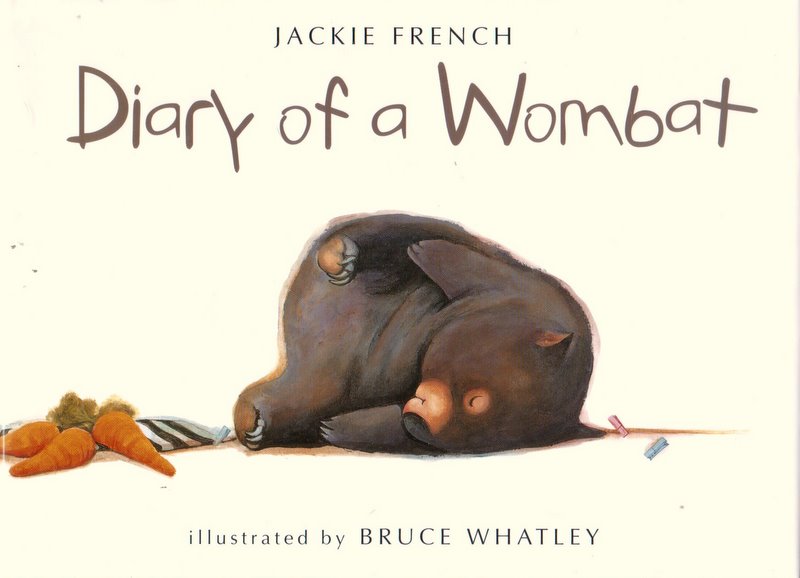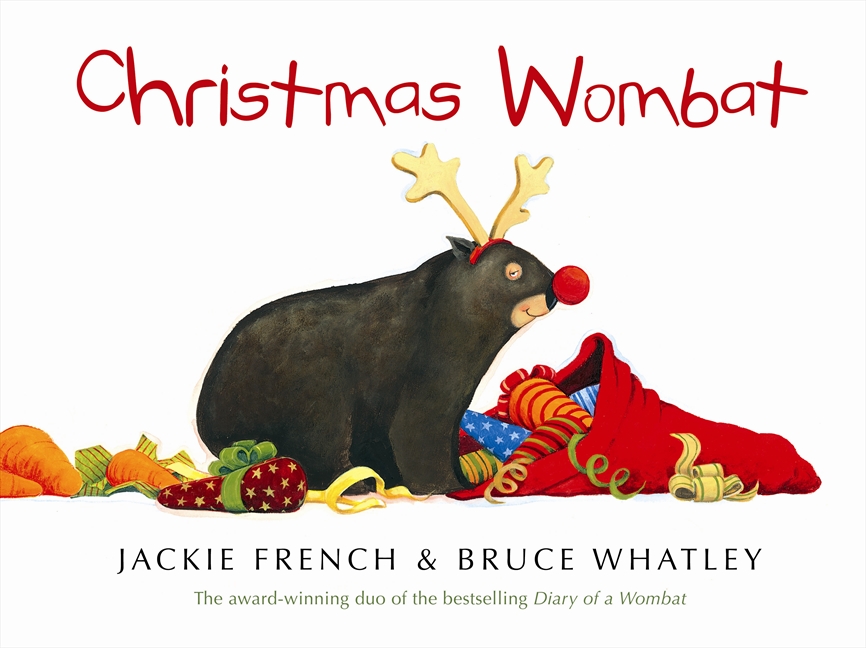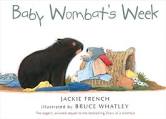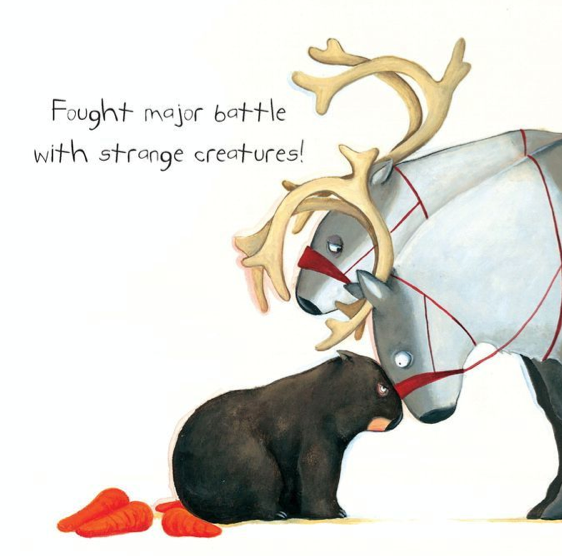This cute idea follows the pattern based on knitting a Red Cross trauma teddy bear with a few simple little changes along the way. 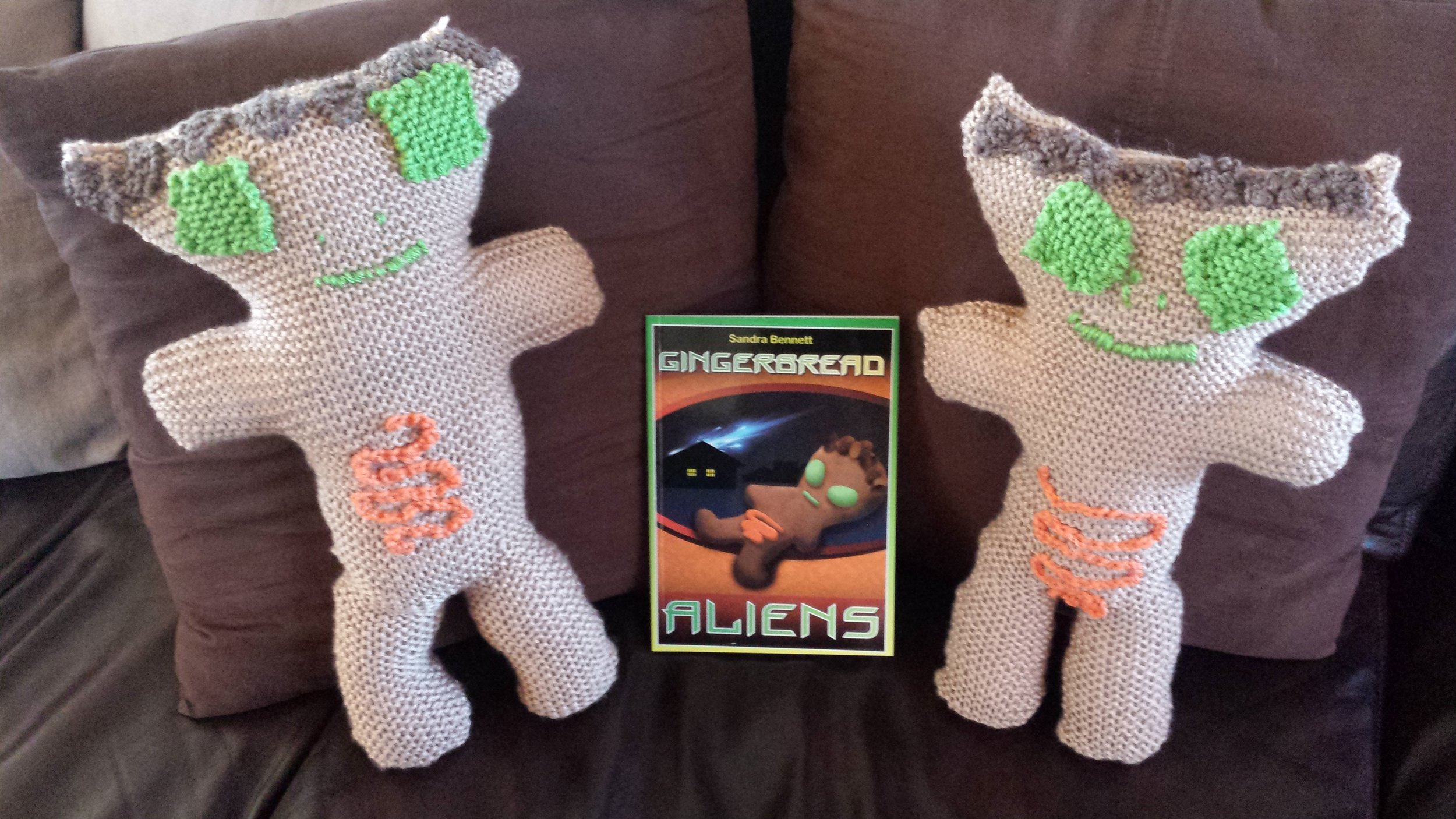 The Australian Red Cross is a wonderful organisation that organises the collection of teddies that are then distributed via the Ambulance service, the Fire Brigade and hospitals to children and others who may have suffered from trauma. These teddies provide a fantastic source of comfort when children are at their most sick and vulnerable. It is a very worthwhile cause.
The Australian Red Cross is a wonderful organisation that organises the collection of teddies that are then distributed via the Ambulance service, the Fire Brigade and hospitals to children and others who may have suffered from trauma. These teddies provide a fantastic source of comfort when children are at their most sick and vulnerable. It is a very worthwhile cause.
My hope is that perhaps along with sharing the joy and laughter of my book, a little gingerbread alien teddy may also bring a little light into someone's life also. After all, laughter really is the best medicine. :)
Use 8ply wool (nothing scratchy or itchy like angora or mohair)
Needles: 3.75mm or 3.25mm for looser knitters.
Legs.
Leg 1.
1. Cast on 12 stitches
2. Knit 42 rows
Leave stitches on needle.
Leg 2.
4. Repeat same as leg 1.
Body.
5. Join both legs by knitting across both legs.
6. Knit 32 rows.
Arms.
7. Cast on 12 stitches at the beginning of next two rows.
8. Knit 18 rows.
9. Next cast off 12 stitches (this forms the arms - 24 stitches should remain).
Head.
10. Knit 2 rows.
11. Cast on one stitch every row next 20 rows.
12. Knit 12 more rows.
13. Cast off.
14. Repeat this procedure to make the other side of the gingerbread alien teddy.
15. Crochet a string of chains to sew onto the tummy for the aliens intestines.
16. Knit 2 eyes (I made diamond shapes, beginning with 1 stitch, cast on one each row for 10 rows, then cast off back to one)
17. Knit 7 sultanas. (cast on one at a time for 6 rows, then cast off)
18. I have tried to sew on both before and after sewing up teddy, the choice is up to you. I find he stretches quite a bit depending on how much stuffing you choose to use, so the effect changes depending on when you decide to sew the face on before or after stuffing teddy.I found it easiest to sew on the intestines before stuffing, but sewing on the face was better after stuffing. I leave that decision up to you.
19. Sew on mouth and nostrils.
20. Sew up teddy and stuff before sewing across the top of the head.

